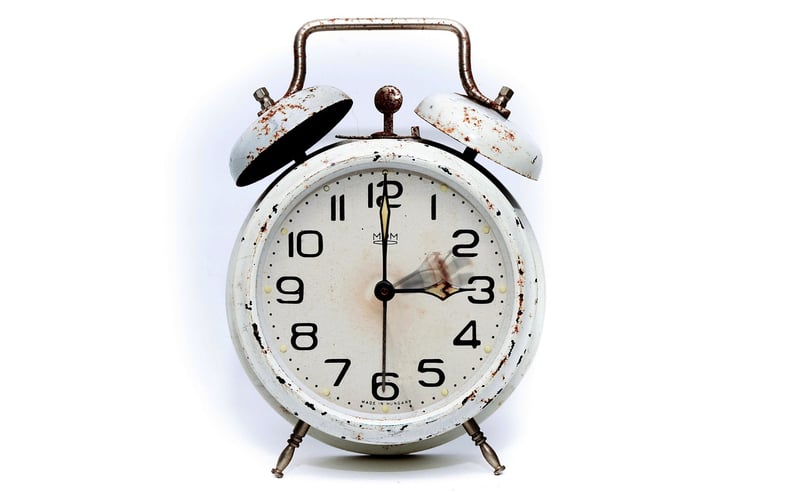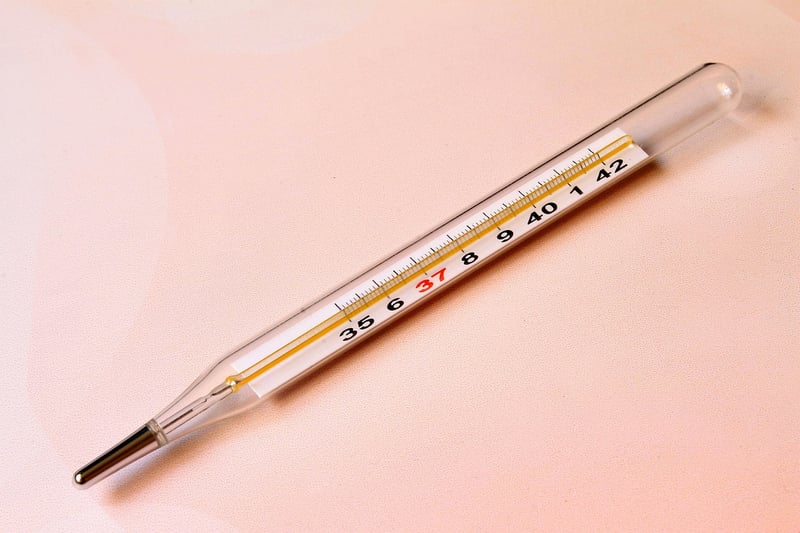Temporal Scanner
Tools for Time Exploration and Temporal Scanner
Time exploration is a fascinating concept that has intrigued humanity for centuries. From ancient sundials to modern atomic clocks, humans have developed various tools to measure and understand time. In this article, we will explore some of the tools used for time exploration and introduce you to the Temporal Scanner, a cutting-edge device that revolutionizes temperature measurement.
1. Sundial
The sundial is one of the oldest timekeeping devices, dating back to ancient civilizations. It uses the shadow cast by the sun to indicate the time of day. Sundials come in various designs, such as horizontal, vertical, and equatorial dials, each optimized for different latitudes and purposes.

2. Water Clock
Water clocks, also known as clepsydra, measure time based on the flow of water from one container to another. The rate of water flow indicates the passage of time. Water clocks were widely used in ancient civilizations and were the precursor to mechanical clocks.

3. Atomic Clock
Atomic clocks are the most accurate timekeeping devices, using the vibrations of atoms to measure time. The cesium atomic clock, for example, defines one second as the duration of 9,192,631,770 cycles of radiation corresponding to the transition between two energy levels of a cesium-133 atom.

Introducing the Temporal Scanner
The Temporal Scanner is a state-of-the-art infrared thermometer that provides accurate and non-invasive temperature measurements. By simply scanning the temporal artery on the forehead, the Temporal Scanner can quickly determine an individual's body temperature without the need for direct contact.

Whether you are exploring the history of timekeeping or need a reliable temperature measurement tool, these devices offer unique insights into the concept of time. Embrace the past and the present with these tools for time exploration and temperature monitoring!
